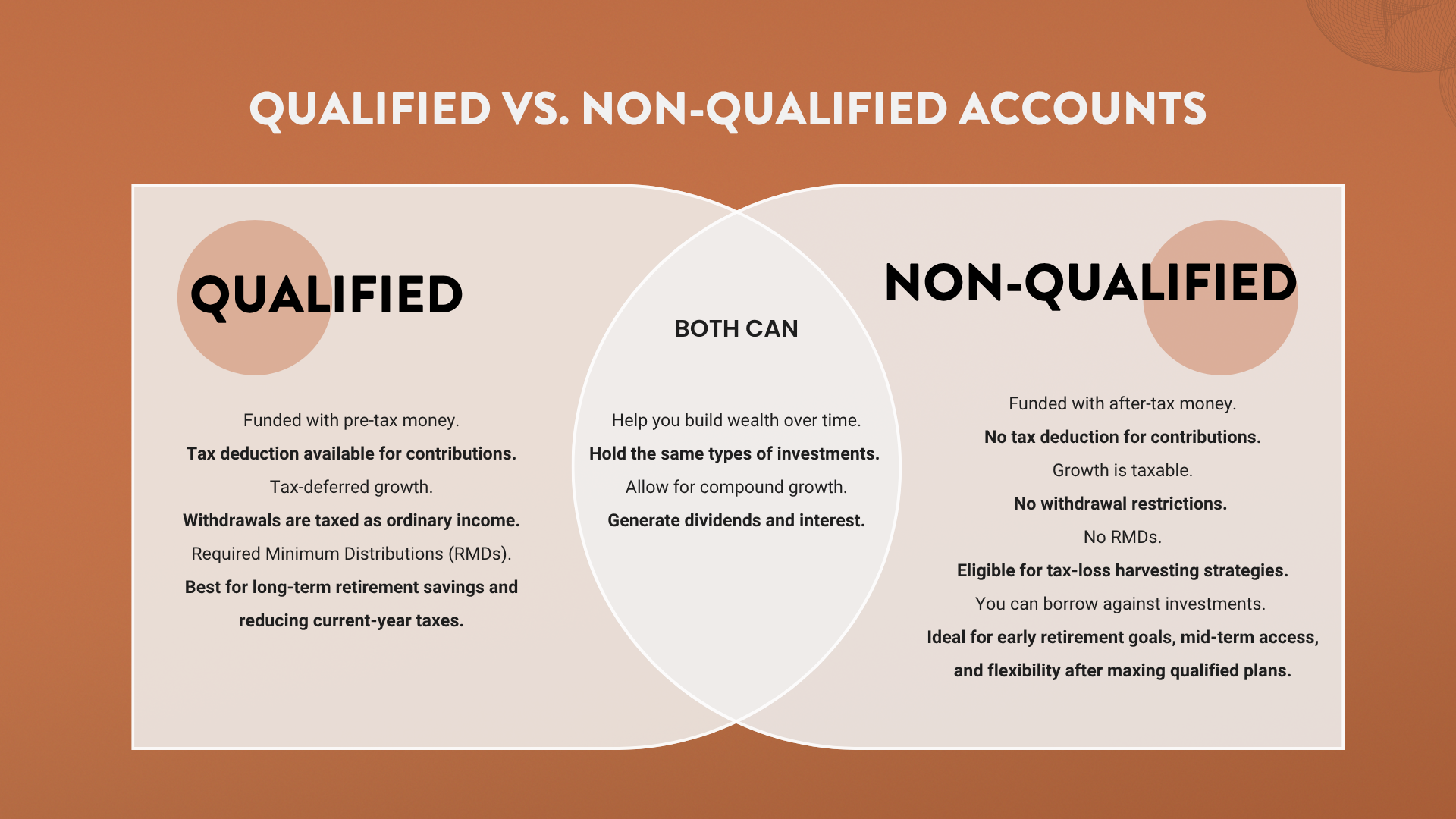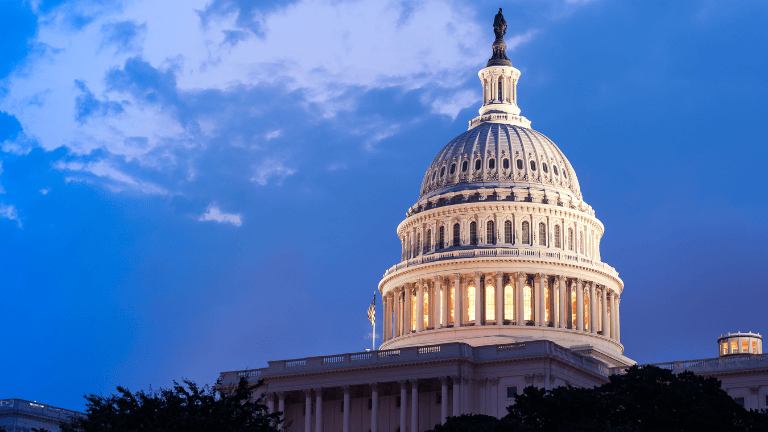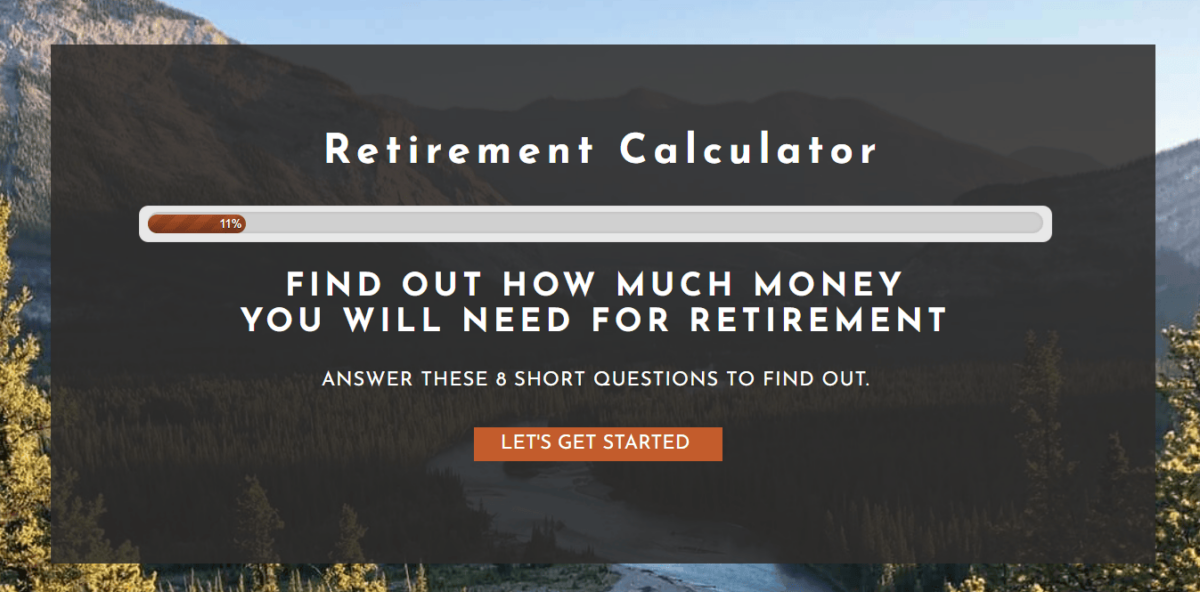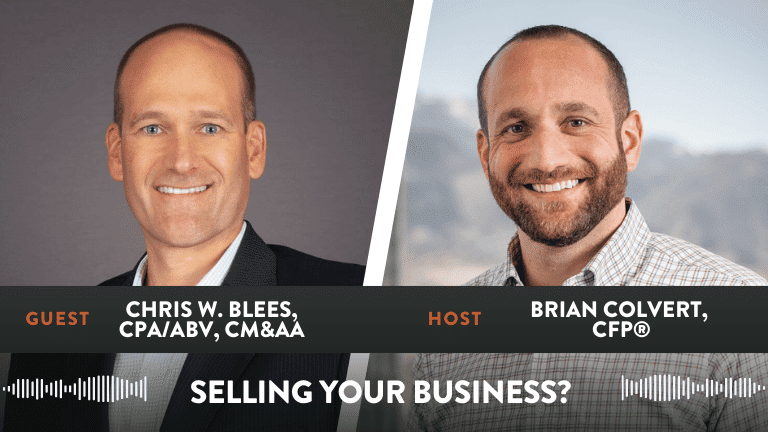Should I Pay Off My Mortgage Before Retirement?
For generations, owning your home outright has been considered the hallmark of financial success. The American Dream, after all, often ends with a white picket fence and a paid-off house. But as retirement approaches, one big question often comes up: Should I pay off my mortgage before retirement?
Like many financial questions, the answer isn’t one size fits all. It depends on your interest rate, your cash flow, your investments, and just as importantly, your peace of mind. Let’s unpack the numbers, the psychology, and the modern realities behind this age-old debate.
Listen Now: iTunes | Spotify | iHeartRadio | Amazon Music
The Traditional View: A Paid-Off Home Equals Freedom
For decades, financial advice was straightforward: work hard, buy a house, pay it off, and retire mortgage free. The reasoning made sense. If you own your home outright, that’s one less bill in retirement. Without a mortgage, your monthly expenses drop, freeing up cash for travel, hobbies, or simply living with less financial stress.
And there’s no denying the appeal. Having a home that’s 100% yours can provide a strong sense of security. There’s pride in knowing the roof over your head can’t be taken by a bank or lender.
But the financial landscape has shifted. Low interest rates, rising home values, and new investment opportunities have changed the equation. What once was a clear-cut goal is now a nuanced decision that deserves a closer look.
The Reality: Paid Off Doesn’t Mean Free
Even if you’ve paid off your mortgage, homeownership still comes with ongoing costs. Property taxes, insurance, and maintenance don’t disappear once the bank is out of the picture. In fact, they often increase over time.
Property taxes: As home values rise, so do property tax bills. Many retirees are surprised by how much their annual taxes climb, especially in fast-growing areas.
Insurance: Natural disasters, inflation, and rebuilding costs have driven insurance premiums higher across the country.
Maintenance: From replacing the roof to fixing the HVAC, repairs don’t stop just because the mortgage is gone.
A paid-off home certainly reduces your expenses, but it doesn’t eliminate them. That’s an important distinction when calculating how much income you’ll actually need in retirement.
The Numbers: When It Makes and Doesn’t Make Financial Sense
Let’s look at the math. Suppose you have a $250,000 mortgage at 3% interest, and you’re debating whether to pay it off using part of your investment portfolio, which averages 8 to 10% annual returns.
If you use your portfolio to pay off the mortgage, you’ll save 3% in interest, but you’ll give up the potential to earn 8 to 10% on that same money. That’s a 7% opportunity cost every year.
In simple terms, paying off your mortgage early might give you peace of mind, but it could cost you significantly in long-term growth.
Example:
Mortgage balance: $250,000
Interest rate: 3%
Investment return: 10%
By keeping your mortgage and investing your savings instead, you could earn roughly $70,000 per year in growth (10% of $700,000, for example), while only paying about $7,500 per year in interest. That’s a strong case for not rushing to pay it off.
Of course, this assumes your investments continue to perform well. Markets fluctuate, and returns aren’t guaranteed. That’s why the decision isn’t purely mathematical, it’s also emotional and strategic.
The Psychology: Mind vs. Math
When we talk to clients about this topic, there’s usually a turning point in the conversation: the difference between what feels right and what makes sense on paper.
Some clients say, “I just can’t sleep knowing I owe money.” Others say, “I’d rather have my investments working for me.” Neither mindset is wrong.
Here’s how we break it down:
Mindset-Driven Decision: Paying off the mortgage gives emotional relief and a sense of accomplishment. If eliminating debt provides peace and doesn’t threaten your overall financial health, it can absolutely be worth it.
Math-Driven Decision: Keeping a low-interest mortgage while investing your money elsewhere can lead to higher long-term wealth, especially if your mortgage rate is under 4%.
The key is to align your financial plan with both your numbers and your comfort level. Money decisions are as emotional as they are logical. You can’t separate the two.
Understanding Arbitrage: When Borrowing Is Smart
The word arbitrage simply means taking advantage of the difference between two financial opportunities. In this case, it’s the spread between your mortgage interest rate and your investment return.
If your investments are earning more than your mortgage costs you, you’re effectively making money by keeping the mortgage. For instance:
Mortgage rate: 3%
Investment return: 8%
Net gain: 5%
That’s a win, mathematically speaking. Your money is working harder than the cost of your debt.
This is especially true for homeowners who refinanced during the years of record-low interest rates between 2008 and 2022. Many borrowers locked in mortgages around 2.5% to 3.5%. Paying those off early rarely makes financial sense when your portfolio can reasonably outperform that.
The Tax Angle: Mortgage Interest and Deductions
While the 2017 Tax Cuts and Jobs Act limited some deductions, mortgage interest is still tax deductible for many households. If you itemize deductions, the ability to write off mortgage interest can lower your taxable income, effectively reducing your true borrowing cost even further.
For example, if your mortgage rate is 3.5% but your effective tax benefit brings that down to 2.8%, paying it off early becomes even less compelling financially.
However, tax rules can change, and not everyone benefits equally. It’s best to consult with a financial planner or CPA to see how this impacts your specific situation.
When Paying Off the Mortgage Makes Sense
Despite all the math, there are situations where paying off your home is the smarter move. It comes down to your goals, risk tolerance, and stage of life.
1. High-Interest Mortgage
If your mortgage rate is above 6% or 7%, the math starts to shift. The guaranteed return of eliminating that interest cost may outweigh potential market gains.
2. Lack of Investment Discipline
If you’re unlikely to actually invest the money you would’ve used to pay down your mortgage and would instead let it sit idle, then paying it off can be a productive use of funds.
3. Approaching Retirement with Limited Income Sources
If your pension, Social Security, or savings provide just enough to cover expenses, removing your largest bill can add valuable breathing room.
4. Peace of Mind and Simplicity
Some people simply feel more comfortable owning their home outright. If that emotional security outweighs potential gains, then paying it off can absolutely be the right call.
When It Doesn’t Make Sense
1. You Have a Low Interest Rate
If your mortgage is under 4%, and your investments can reasonably earn more, keeping the loan is usually the better play.
2. You’d Need to Drain Investments
Using a large portion of your retirement savings to pay off a mortgage can weaken your liquidity and reduce your ability to generate income.
3. You’re Early in the Loan Term
Most of your early payments go toward interest, not principal. Accelerating payments doesn’t save as much as you might think unless you’re closer to the end of the loan.
4. Your Portfolio Is Growing Strongly
If your investment accounts are compounding steadily, you’re better off keeping that money in the market rather than locking it into illiquid home equity.
The Hidden Cost of Home Equity
Many retirees proudly say, “We have a million dollars in home equity.” That sounds impressive, but what can you actually do with that equity?
Unless you sell your house or borrow against it, that money is trapped. It doesn’t produce income. It doesn’t pay bills. You can’t use it for groceries, travel, or healthcare expenses.
If you sell your home, you’ll need to buy another one or rent somewhere else, which eats into those proceeds. If you borrow against your equity, you’re right back to having a mortgage payment.
So while home equity absolutely contributes to your net worth, it’s not the same as liquid wealth that can fund your retirement lifestyle. It’s an asset, but not one that easily generates cash flow.
The Downsizing Myth
Another common assumption is that you can just downsize when you retire and live off the difference.
In theory, it sounds great. In reality, it rarely works that way. Most retirees who sell a larger home and buy a smaller one end up spending just as much or more on the new home. Why? They often choose better locations, newer builds, or communities with desirable amenities.
Downsizing may simplify your life, but it doesn’t always free up the financial cushion you might expect.
The Real Question: What’s Best for Your Plan
The goal isn’t simply to own your home. It’s to build a retirement plan that provides security, flexibility, and long-term sustainability.
When deciding whether to pay off your mortgage, consider the following:
-
Interest Rate vs. Investment Return – What’s the spread between your mortgage rate and your portfolio’s performance
-
Tax Implications – Are you getting a deduction that reduces your effective interest rate
-
Cash Flow Needs – Would paying off your home free up significant monthly income
-
Liquidity – Will you still have accessible funds for emergencies or opportunities
-
Emotional Satisfaction – Would being debt free improve your peace of mind enough to outweigh any mathematical downside
A good financial plan blends both head and heart. The numbers should make sense, but so should how you feel about them.
Planning for Cash Flow in Retirement
If you enter retirement with a mortgage, the key is ensuring your income sources can comfortably support it. That might mean adjusting withdrawal strategies, timing Social Security benefits strategically, or balancing which accounts you draw from first.
At Bonfire, we run cash flow projections that show how different choices, like paying off a mortgage early versus keeping it, affect your retirement readiness over time. Sometimes, just seeing the numbers on paper brings clarity.
What most clients discover is this: having a mortgage in retirement isn’t a deal breaker. It’s simply another line item to plan around.
The Bottom Line
So, should you pay off your mortgage before retirement?
If you have a low interest rate, strong investment returns, and solid cash flow, keeping your mortgage can make good financial sense. It allows your money to stay invested and growing, giving you more flexibility in the long run.
If your mortgage rate is high or being debt free gives you genuine peace of mind, then paying it off can be equally valid. What matters most is that the decision fits your broader retirement plan, not just a cultural ideal.
Final Thoughts
The dream of a mortgage-free retirement is still alive for many Americans, but it’s no longer the default definition of financial success. The real measure is whether your plan supports the life you want.
A house is part of your story, but it’s not the whole story.
At Bonfire Financial, we help clients look beyond the headlines and build customized strategies that balance math, mindset, and meaning. Whether your goal is a paid-off home, stronger cash flow, or simply a confident retirement, we’ll help you find the right path forward.
Need help deciding whether to pay off your mortgage before retirement?
Schedule a call with our team to run your personalized retirement plan and see what makes the most sense for your future.
 Client Login
Client Login












